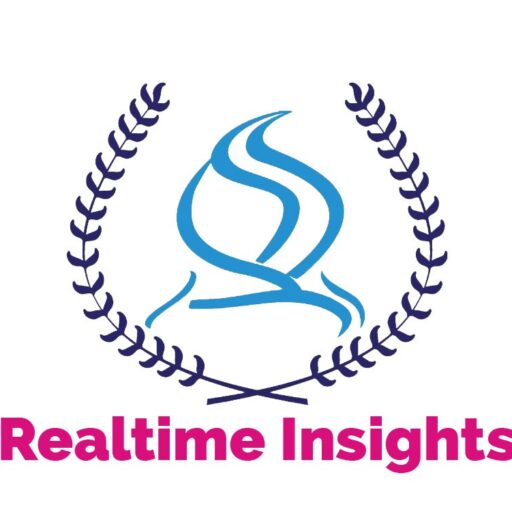Mastering Generosity:
Strategies to Boost Giving

Have you ever wondered why some nonprofit organizations excel at fundraising while others struggle to gain support? It often boils down to the strategies they employ to engage potential donors. In this article, we’ll delve into the art of effective fundraising and provide you with insightful strategies that can make a significant difference in your efforts.
The Missed Opportunity
A couple of months ago, I had an experience that left me questioning the fundraising know-how of a Community-Based Organization (CBO) I greatly admire. I had taken the initiative to write to them, expressing my admiration for their work and my intention to support their cause. To my surprise, their response took a whole month, and when it finally arrived, it consisted of a lengthy spreadsheet listing children in need of support. While I acknowledged the significance of their cause, my hectic schedule pushed their request to the back of my mind. What perplexed me the most was that, despite my explicit interest in supporting their mission, I had yet to receive any follow-up communication from the CBO.
This experience raised a crucial question: Why would an organization not follow up with a potential donor who had clearly expressed willingness to contribute? It’s a question that many nonprofits should reflect on. Recognizing that many grassroots nonprofits often face significant challenges, including the lack of dedicated staff to support fundraising, grassroots organizations can take some simple yet highly effective practical steps to enhance their fundraising systems. Let’s discuss some of these steps.

Make a Clear ‘Ask’: When a potential donor inquires, provide them with the necessary information, highlighting a precise ask. Sending a spreadsheet with all the names of beneficiaries in need, their data, and a column of the amount of school fees or funds pending can be overwhelming for a donor. It also leaves loopholes for personal data infringement. You want to ensure that every beneficiary’s privacy rights are protected.
Here is an example of how you can make ‘your Ask’ clear:
“Donate Kes 1,000 per term and help us educate Nina*.” – Then, provide a summary of the beneficiary, and if possible, include a link to their story. Alternatively, share a link with a success story highlighting how funds have impacted the lives of your beneficiaries. This approach elicits emotions and significantly increases the likelihood of their support while ensuring that potential donors are informed and motivated to contribute to your cause. The power of storytelling uniquely inspires action and connects donors to your cause on a deeper level.
P/S: Did you know storytelling taps into our brain’s neurochemistry, releasing oxytocin, the “trust hormone,” which fosters empathy and connection? This chemical reaction makes donors more likely to contribute to your cause.
Respond Promptly: Time is of the essence when responding to potential donors. Research has shown that organizations that respond within 48 hours of an inquiry are more likely to receive donations or further engagement. Personalize your responses by crafting clear, heartfelt messages tailored to the individual’s interests and concerns. Research is paramount at this point. Find out who the prospective donor is, what they align with in giving, and their interests.
Embrace Micro-Donations: Small contributions can add up to make a big difference. Encourage micro-donations by allowing individuals to give small amounts frequently. Consider quarterly breakdowns or staggered contributions throughout the year. By lowering the financial barrier, you can engage a broader audience and tap into the collective power of many small donations.
Studies have shown that presenting donors with the option of giving small, manageable amounts increases their likelihood of commitment. This approach increases donor participation and provides your organization with an opportunity for a steady income stream.
Build Lasting Connections: Effective fundraising extends beyond a single transaction. Maintain open communication with potential donors through regular updates, reports, and newsletters. Research indicates that consistent communication can foster loyalty, increasing donor retention rates.
Did you know retaining existing donors is often more cost-effective than acquiring new ones? Nurturing your donor relationships can lead to sustained support over the long term.
Create Seamless Online Experiences: Your online presence matters in today’s digital age. Invest in user-friendly websites, active social media accounts, and mobile giving apps that simplify the donation process. An intuitive and visually appealing online experience can significantly boost conversion rates. A well-designed online donation page can reduce donor abandonment rates by up to 35%. User experience matters as much in the nonprofit sector as in the commercial world.
Develop Engaging Donation Pages: Your donation pages should be functional and engaging. Use compelling visuals and clear, concise messaging to convey your mission. A well-designed donation page can lead to a 50% higher donation rate. Consider using social media handles on Facebook, Twitter, and LinkedIn as tools to facilitate this objective.
Research has shown that a single, emotionally charged image on your donation page can increase conversion rates by 105%. Visual elements, when used effectively, can be powerful motivators for donors.
By implementing these simple yet inexpensive strategies, you can create effective systems, encouraging potential donors to support your cause.
Remember, successful fundraising is about building relationships, telling impactful stories, and making the donation process seamless. With these insights, your nonprofit organization will be better equipped to drive positive change.

